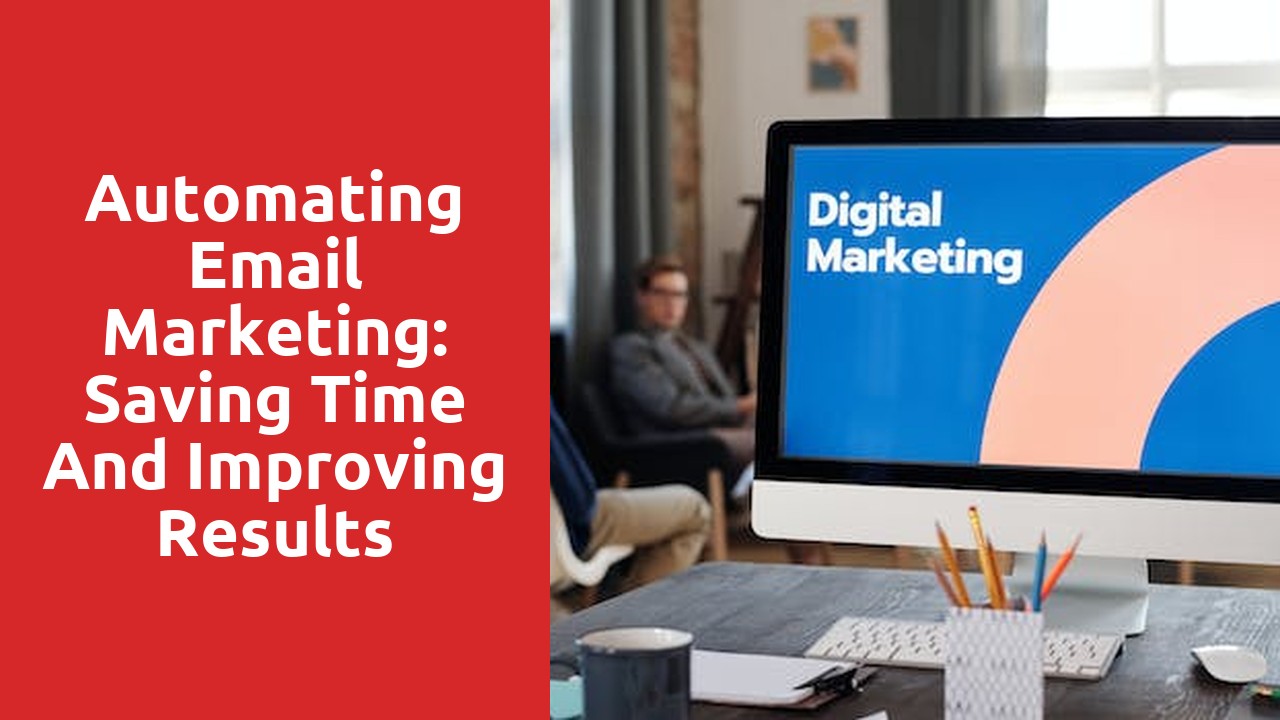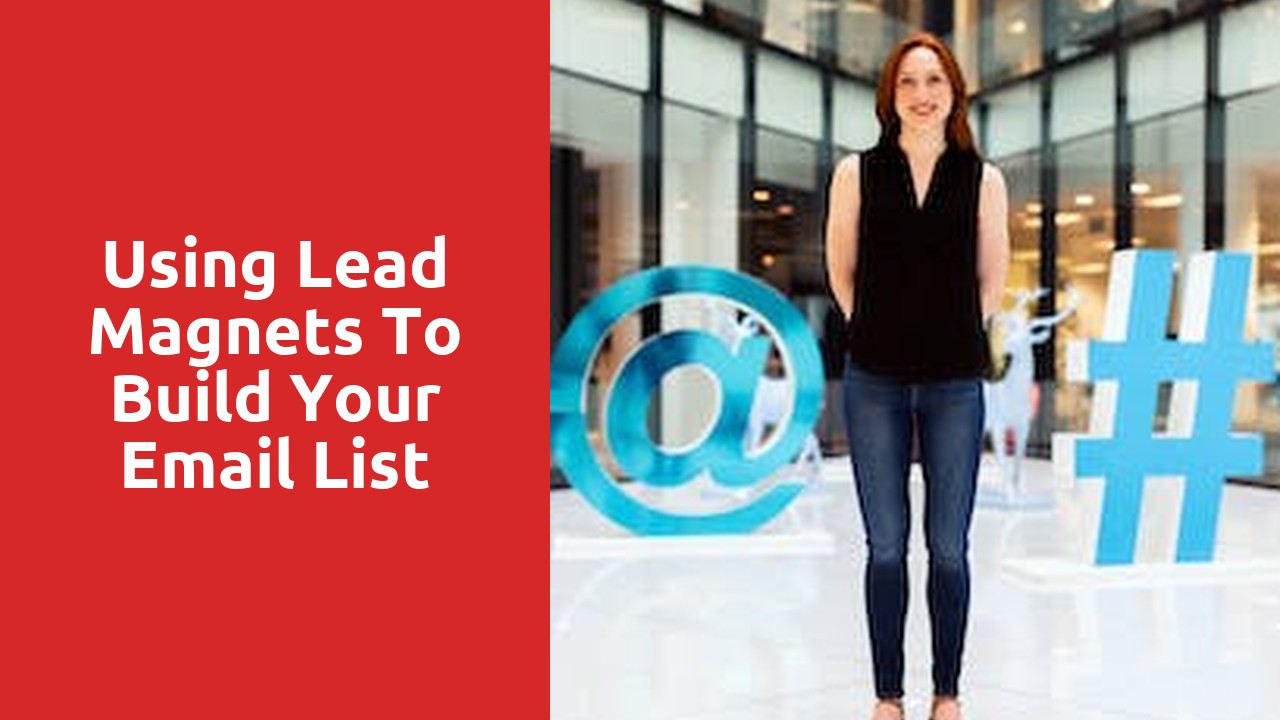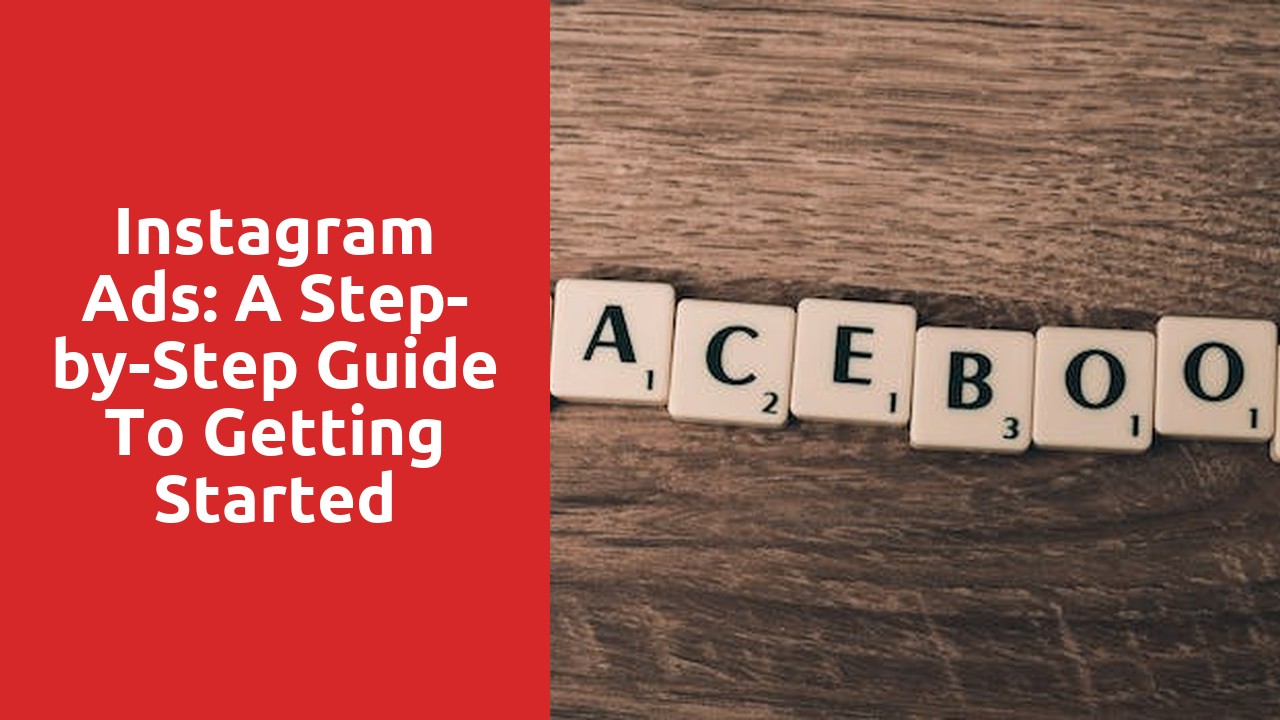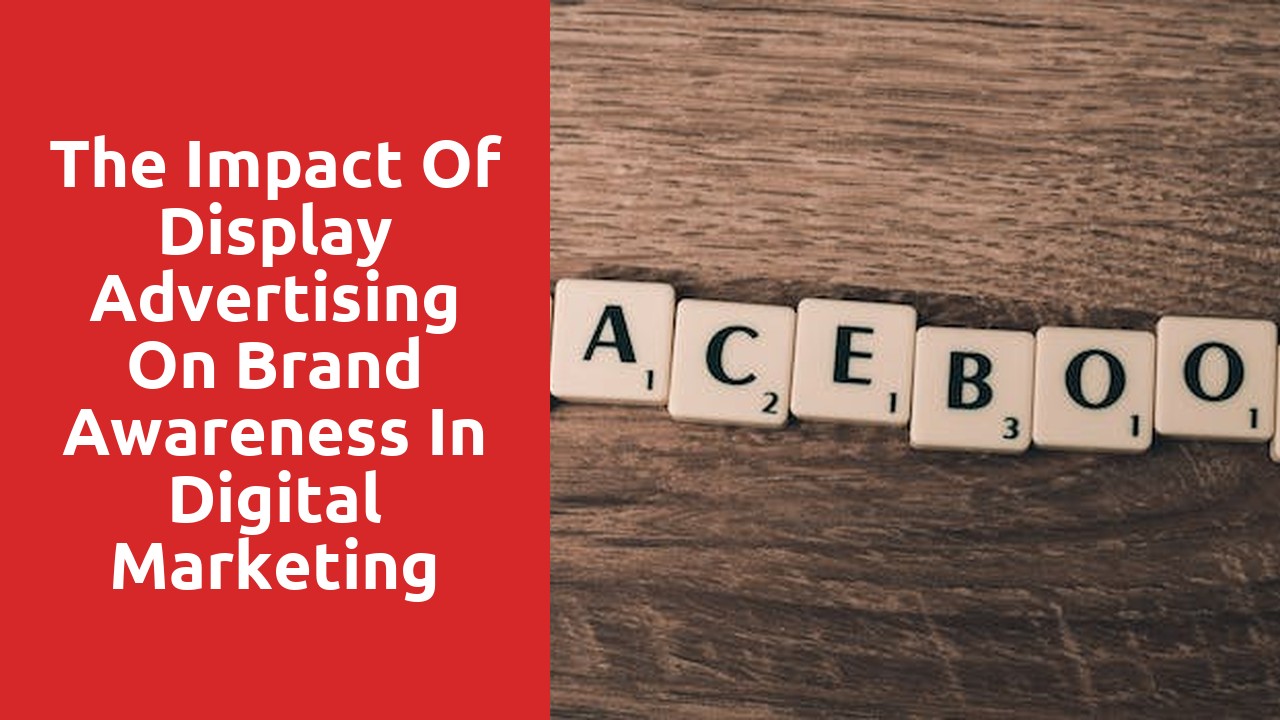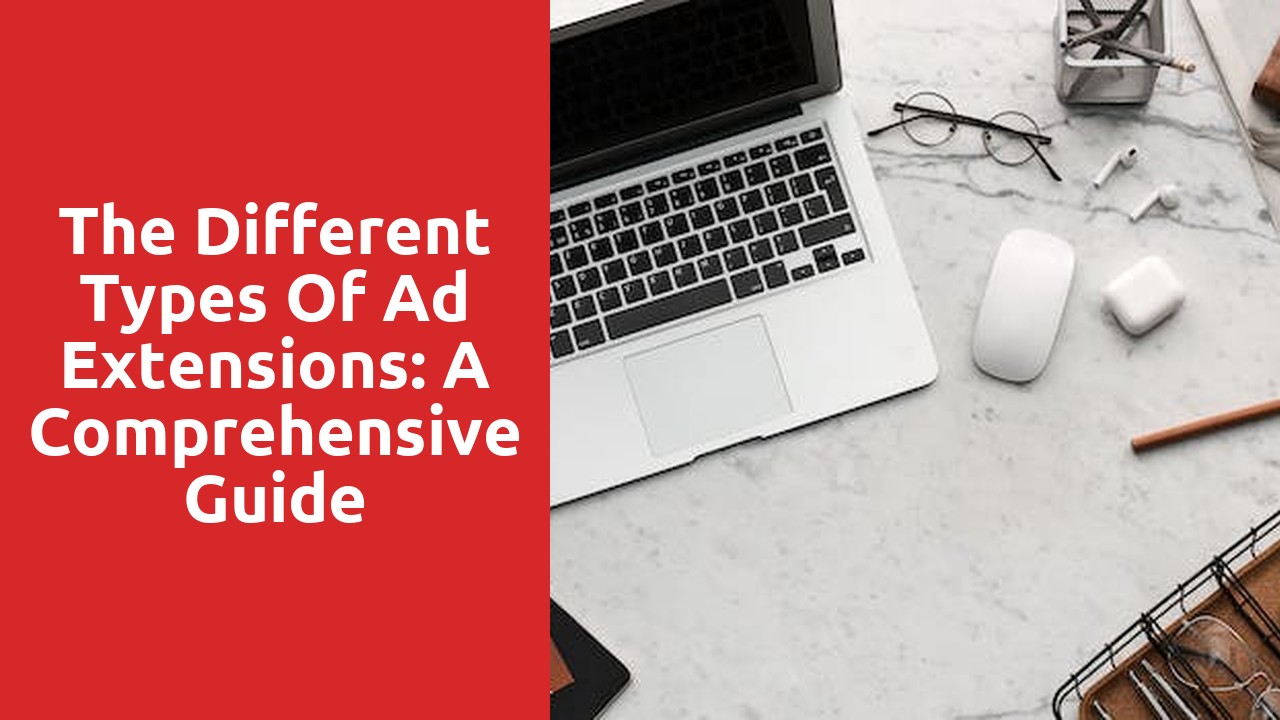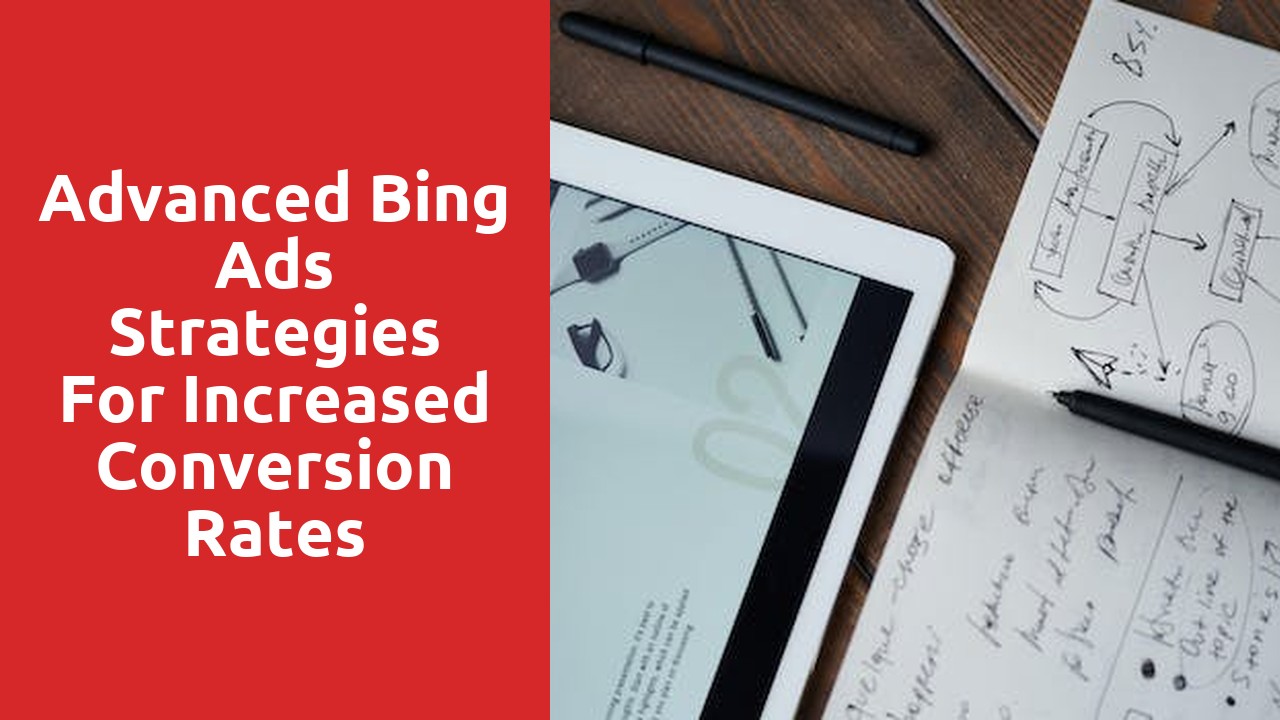The Power of Persuasive Language in Bing Ad Copy
Advertisements are all around us, vying for our attention and tempting us with their offers. In this cutthroat world of marketing, the power of persuasive language can make all the difference. When it comes to Bing Ad Copy, carefully crafting the words you choose can make your advertising campaign stand out from the rest.
Persuasive language has the ability to grab the reader’s attention and ignite their curiosity. It taps into their emotions, stirring a sense of desire and urgency. By using words that evoke strong emotions and appeal to the reader’s desires and needs, you can compel them to take action. Whether it’s making a purchase, visiting your website, or signing up for a newsletter, persuasive language has the power to drive conversions and propel your business forward.
Captivating Headlines: Grabbing Attention in Bing Ad Copy
A captivating headline is the key to grabbing attention in Bing ad copy and enticing viewers to click on your ad. With the massive amount of content available online, it is crucial to create a headline that stands out from the crowd. One effective way to do this is by incorporating a sense of urgency or exclusivity in your headline. By using words like “limited time offer” or “exclusive deal,” you can create a sense of FOMO (Fear of Missing Out) and encourage viewers to take immediate action.
Another strategy for capturing attention in Bing ad copy is to use numbers or statistics in your headline. People are naturally drawn to numbers as they offer a sense of specificity and credibility. Whether it’s “5 easy steps to…” or “80% off this weekend only,” including numbers in your headline can make it more compelling and increase the chances of viewers clicking on your ad. Additionally, using strong and impactful verbs in your headline can create a sense of action and urgency. Words like “discover,” “uncover,” “transform,” or “achieve” can make your headline more captivating and encourage viewers to engage with your ad.
Crafting Engaging Ad Descriptions: Convincing Users to Click
When it comes to crafting ad descriptions that convince users to click, it’s essential to understand the power of persuasive language. The right choice of words can make a significant impact on the click-through rate of your ads. Start by appealing to the emotions of your target audience. By using language that evokes curiosity, excitement, or urgency, you can capture their attention and compel them to take action. For example, instead of simply stating the features of your product, highlight the benefits and unique selling points that make it irresistible. By showcasing the value and potential impact on their lives, users will be more inclined to click on your ad.
Another crucial aspect of writing engaging ad descriptions is maintaining a conversational tone. Avoid sounding overly formal or robotic; instead, strive for a friendly and approachable approach. Your goal is to establish a connection with your audience and make them feel like you are addressing them directly. Use words like “you” and “your” to create a sense of personal relevance. Additionally, keep your sentences concise and easily digestible. By adopting a conversational style, you can build trust and credibility with your audience, increasing the likelihood of them clicking on your ad.
Call-to-Action: Encouraging Conversions in Bing Ad Copy
As an advertiser, crafting effective ad copy is essential to driving conversions in your Bing ads. One crucial element that should never be overlooked is the call-to-action (CTA). The CTA serves as the final push to encourage users to take the desired action, whether it’s making a purchase, signing up for a newsletter, or requesting more information. By using persuasive and compelling language in your CTA, you can significantly increase the likelihood of driving conversions and achieving your campaign goals.
When creating your CTA, it is crucial to be specific and concise. Avoid vague and generic phrases like “click here” or “learn more,” as they fail to communicate the value proposition to the users. Instead, try to highlight the benefits they will receive by taking the desired action. For instance, using phrases like “Get your free trial now” or “Start saving today” not only informs users of the action you want them to take but also shows them the value they will gain from it. By appealing to their needs and desires, you can effectively persuade them to convert and achieve better results from your Bing ad campaigns.
